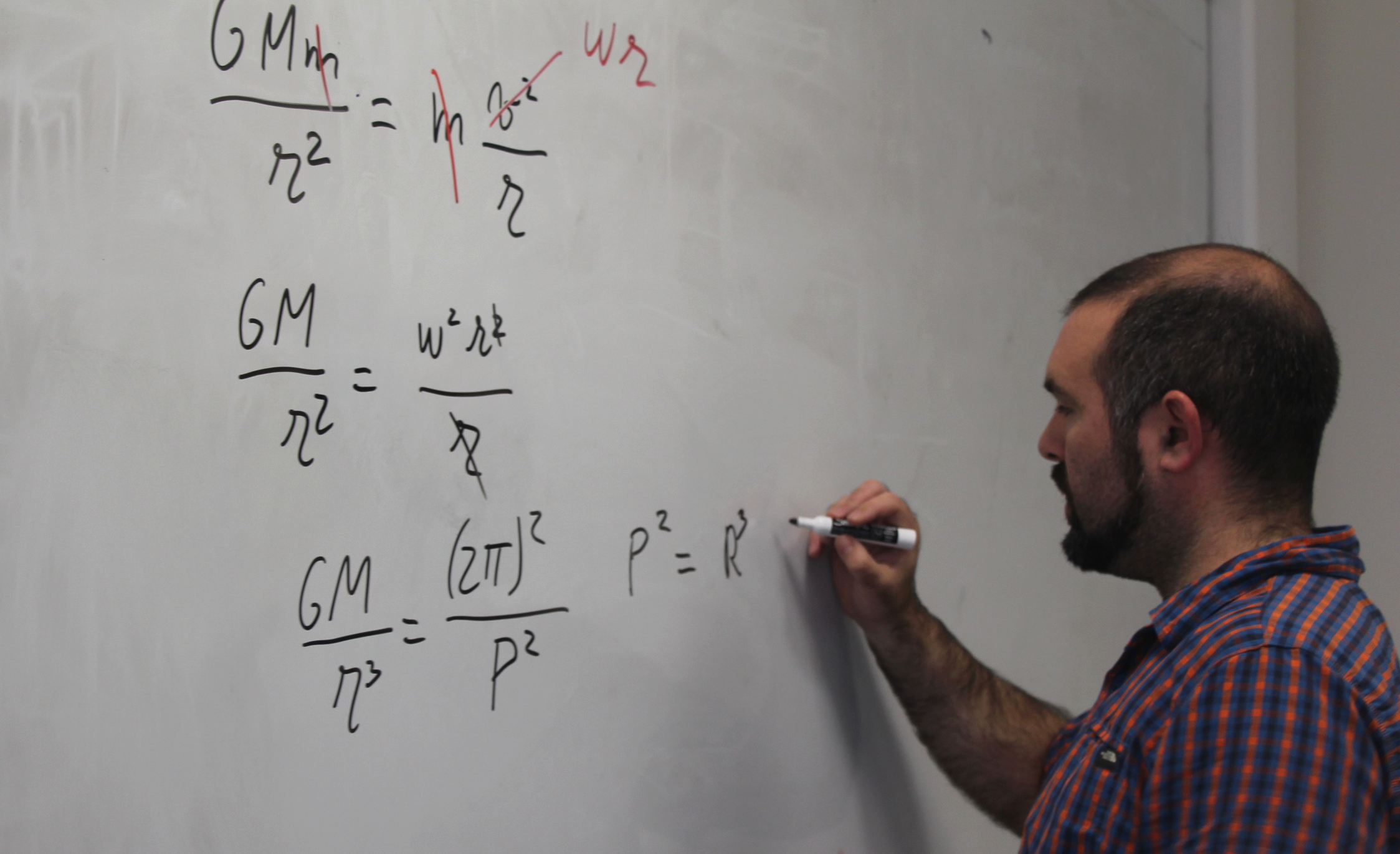'Nature' includes Catalan astronomer Guillem Anglada-Escudé amongst 10 best scientists of 2016
‘Nature’s 10’, the annual list which distinguishes the year’s best scientists according to the journal, has included Catalan astronomer, Guillem Anglada-Escudé amongst its names. The researcher at Queen Mary University of London detected the nearest known planet outside the Solar System which he baptised ‘Proxima b’. He put together a team and got observing time on the High Accuracy Radial velocity Planet Searcher (HARPS) at the European Southern Observatory as well as other telescopes that could double-check whether any promising evidence that they found was caused by stellar activity, which can mimic the signs of a planet. Within days, they confirmed that the planet was there; within weeks, they submitted a manuscript detailing their discovery. The planet, called Proxima b, has at least 1.3 times the mass of Earth and orbits Proxima every 11.2 days.

Barcelona (CNA).- Catalan astronomer, Guillem Anglada-Escudé, is amongst 2016’s best scientists according to ‘Nature’ journal. Anglada-Escudé, researcher at Queen Mary University of London, detected the nearest known planet outside the Solar System which he baptised ‘Proxima b’. The scientist said that the first signs of the planet were discovered in 2013. Back then, however, there was no convincing data to confirm the existence of the planet. Using facilities operated by the European Southern Observatory and other telescopes, scientists were able to confirm earlier this year the discovery of this new world, which is the closest planet and the closest possible home for life outside of the Solar System. “Succeeding in the search for the nearest terrestrial planet beyond our Solar System has been an experience of a lifetime”, he stated in a press release published by Queen Mary University.
Anglada-Escudé was born in Ullastrell, a small town 40 kilometres from Barcelona, and in recent years put together an international team. They got observing time on the High Accuracy Radial velocity Planet Searcher (HARPS) at the European Southern Observatory as well as other telescopes that could double-check whether any promising evidence that they found was caused by stellar activity, which can mimic the signs of a planet. Within days, they confirmed that the planet was there; within weeks, they submitted a manuscript detailing their discovery. The planet, called Proxima b, has at least 1.3 times the mass of Earth and orbits Proxima every 11.2 days.
“We hope these findings inspire future generations to keep looking beyond the stars. The search for life on Proxima b comes next”, he stated. Although it is close to its star, the world is within the ‘habitable zone’, where liquid water could exist on its surface. That makes it not only the closest known exoplanet of the 3,500-plus confirmed so far, but also a place where otherworldly life could thrive — a double bonus, for researchers and science-fiction fans alike.
To the rest of the world, the discovery of the closest known exoplanet to Earth stoked public imagination. It raised questions about whether life might exist in our cosmic backyard, and whether astronomers might be able to detect it.
Other names on the list
Argentinean physicist Gabriela González, who helped to catch the first direct signs of long-sought gravitational waves, is also on the list. Two giant detectors in the United States had picked up signs of gravitational waves — wrinkles in space-time imagined by Albert Einstein but never before directly witnessed. It was Gonzalez’s job to help lead more than 1,000 scientists in their careful efforts to verify the discovery before announcing it to the public.
AI developer Demis Hassabis, researcher at Cambridge University, had to watch from the sidelines as his team’s creation, the computer program AlphaGo, took on Lee Sedol, a top-ranked champion in the strategy game Go. The computer won, marking a huge victory for the field of artificial intelligence (AI) and another in a series of triumphs for Hassabis.
As co-founder of DeepMind, the London-based firm that developed AlphaGo, Hassabis was both elated and relieved. “It felt like our moonshot, and it was successful,” he said.
But the win was about much more than Go. Hassabis wanted to show the world the power of machine-learning techniques, which he hopes to someday harness in a human-like, general AI capable of solving complex global problems.
Terry Hughes director of the Australian Research Council (ARC) Centre of Excellence for Coral Reef Studies in Townsville, is also amongst the 10 best scientists of 2016 according to ‘Nature’. He sounded the alarm over massive bleaching at the Great Barrier Reef. When the massive El Niño reared up in the Pacific in 2015,
Australian researchers feared that the country’s reefs could be in danger. So Hughes, one of the world’s leading coral researchers, assembled a task force ready to survey the reef if bleaching occurred. The group eventually expanded to 300 scientists. “We put together a very detailed research plan, hoping of course that it wouldn’t happen,” he said.